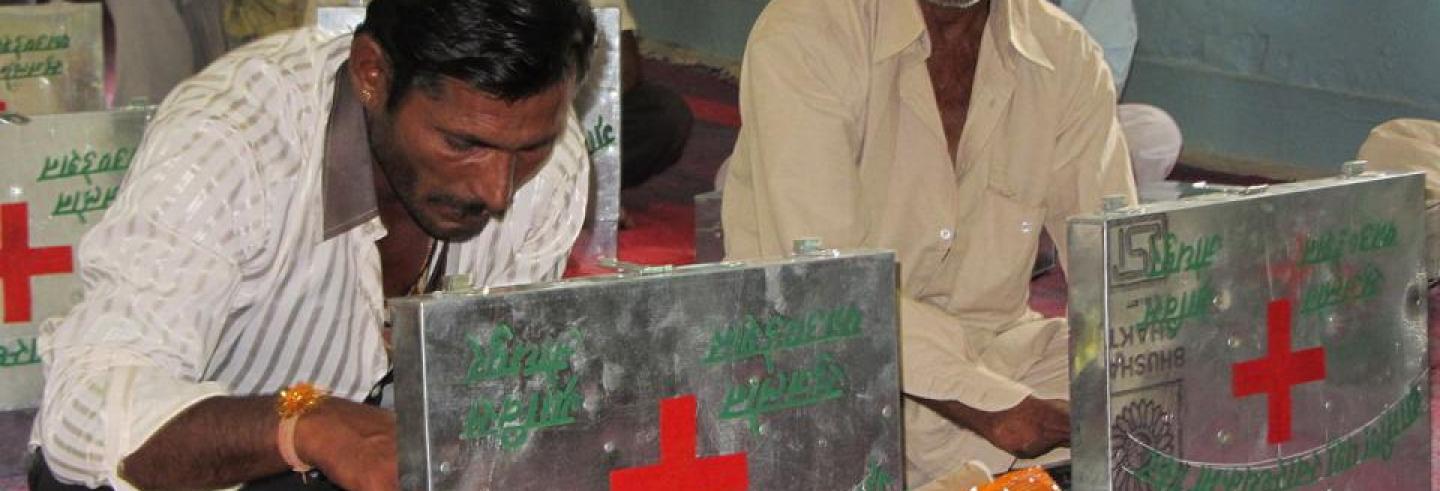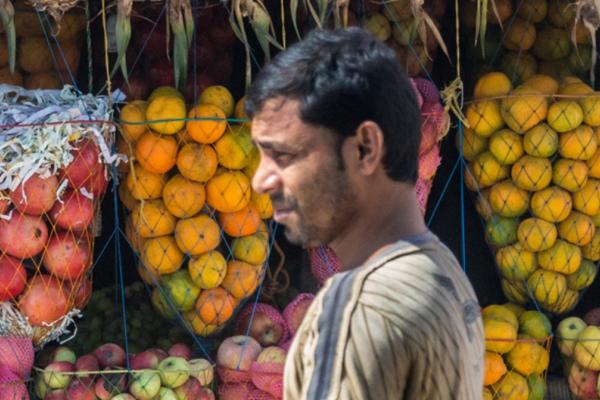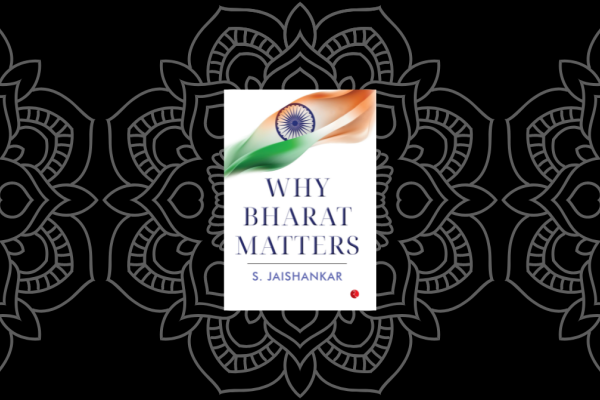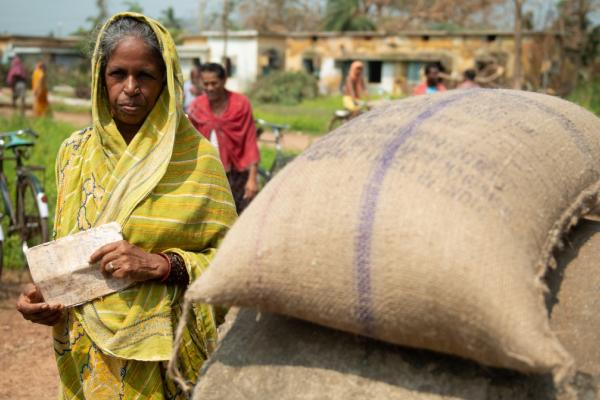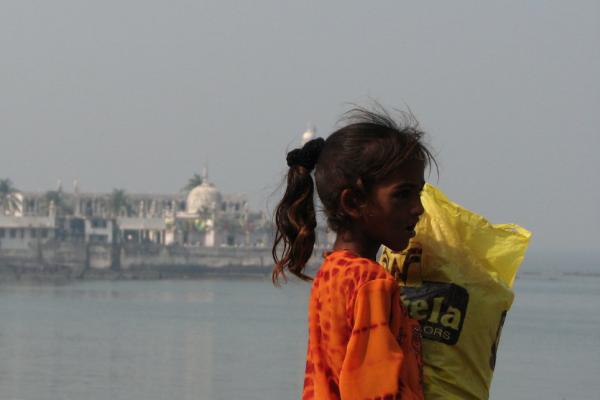With the spectre of Covid-19 haunting the world, every country is faced with an impossible choice—public health or the economy? Given that this is a global public health crisis, an economic recovery will not be possible unless the health crisis is resolved first and public fear is alleviated.
Imagine the consequences if the economy is ‘opened’ prematurely before we know firmly that the risk of viral spread has been eliminated or at least minimised. This could result in a new wave of infection, create fear and panic and end up in a loss of public trust. It would drive markets down and lead to a fresh round of job losses. Therefore, the importance of dealing with the public health side of the crisis is paramount. For that, normal economic activity has to be suspended, except for essential services.
On the other hand, suspending normal economic activity results in shortages, layoffs, and closure of businesses. This puts millions of people at subsistence risk—many more than the number directly or potentially affected by the disease. Therefore, the public health and the economic sides of the problem are closely interrelated. Instead of a sequential solution—public health first or economy first—the way forward must be guided by solutions based on a clear understanding of the connections between these two aspects of the crisis.
The problems of public health and of the economy are inter-dependent even in countries that are relatively rich and without extreme inequality. Where incomes are lower and inequality is greater, this interdependence is significantly accentuated.
[A] two-way feedback loop … works from the public health aspect to the economic aspect of the crisis.
Other things held constant, lower-income groups are more vulnerable to Covid-19 because of comorbidities that are worsened by poor pre-existing health conditions as well as due to a lack of healthcare access. This is especially true in India where the healthcare system is generally under-resourced, and where a large section of the population lives on the margins of subsistence and suffers from a low level of health. High population density, especially in urban areas, and a large number of poor people who have no means to practice proper hygiene, all make physical distancing and the enforcement of a lockdown difficult, if not impossible. This further raises the risk of contagion. If the contagion spreads widely in a population of the size of India, it would put an incredible amount of pressure on the healthcare system.
Hence, for the same set of natural factors such as climate, biological characteristics, and demographic composition, higher economic inequalities will amplify the likelihood of contagion and stretch the public health system to its limit. At the same time, given that around 90% of the workforce in India is in the informal sector and so does not have a regular salary or sufficient savings, the economic shock from the lockdown is going to be quite severe.
There is, therefore, a real danger that deaths and serious illnesses due to starvation may outnumber those due to Covid-19 itself. The poor state of the healthcare system is going to exacerbate this problem. This is the two-way feedback loop that works from the public health aspect to the economic aspect of the crisis.
Dealing with the crisis
Three broad categories of medical options for Covid-19 are being explored: They are (1) developing vaccines; (2) developing novel antiviral drugs; and (3) repurposing existing drugs. Although a vaccine is the most effective option in the long run, it would take 12-18 months to be developed as it has to be tested not only for efficacy but also for safety. Apart from these options, Covid-19 patients are also being treated with antibodies isolated from recovered patients.
While all these options are globally being explored at a rapid rate, it will take some time to have an effective and safe treatment. The coronavirus spreads via humans, so unless travel and human contacts are prevented its spread will not be stopped. For the time being then the most effective mitigation strategy is physical distancing to the extent possible.
We need to have a policy that balances a selective relaxation of a lockdown … with an overall stop-and-go approach as has been proposed in many developed countries.
The extremely mobile nature of this virus also makes it is futile to shut down one region at a time. But in India mitigation through a country-wide lockdown has to be balanced with the risk of starvation that stares at a population where large numbers live close to the margins of subsistence. This was visibly demonstrated by the plight of migrant workers trying to find their way back to their villages after the lockdown was announced. In the absence of a universal social safety net, continuing the lockdown indefinitely and uniformly is not an option either.
We need to have a policy that balances a selective relaxation of a lockdown (say, based on the incidence of reported cases by districts) with an overall stop-and-go approach as has been proposed in many developed countries.
Surprisingly, it appears that the number of Covid-19 cases in India so far has been relatively low. This could be due to gross under-reporting, use of effective mitigation strategies, or climatic conditions preventing the natural spread of the virus (high temperature and humidity, although this is not yet proven). However, an alarming possibility could be that the peak of the virus infection is yet to come—say in a month or two. Given the population size, even if a relatively small fraction of infected patients exhibit severe symptoms and half of them require hospitalisation, the healthcare systems will be hard pressed to deal with such a surge. This will be even more dire if the infection spreads in rural communities where there are few proper facilities to treat critically ill patients.
However, if effective mitigation strategies, including physical distancing and frequent hand washing are widely used, it is likely that these numbers would be drastically reduced. Implementing these measures would nevertheless be difficult. High population density and crowded housing make physical distancing difficult in many places. Also, poverty, inadequate sanitation, and the lack of public health education at the local community level would constrain the feasibility of frequent hand washing. Although far from ideal, perhaps providing masks and gloves in large enough quantities might be more practical as a mitigation strategy in these communities.
The Short-Term
The solutions to the problems in both the public health and the economic aspects of the crisis, are also interdependent, in the short run and in the long run.
In the short run, the public health intervention must focus on preventing contagion by imposing selective and flexible lockdowns, depending on the contagion threat, and with results from aggressive testing (both to assess infections and recovery). This approach might require multiple rounds of lockdowns until transmission slows. But if the lockdowns are working, they can be of progressively shorter durations. However, given the nature of the epidemic, these lockdowns cannot be entirely local and will require close coordination between the central and the state governments in order to synchronise their respective lockdown policies.
Facilitating the movement of a critical mass of seropositive people would also help in acquiring herd immunity sooner rather than later.
While providing a timeline for reopening the country would not be prudent at this stage, it would be possible to provide a plan for a controlled relaxation of physical distancing. This could be achieved by wide-reaching but targeted serological testing for presence of antibodies against the coronavirus — serological testing indicating recovery from Covif-19 and likely protection against immediate re-infection — and perhaps providing health certificates to those who are seropositive against the virus, allowing them back into the workforce. Testing could be accompanied by incentives of food and money. Facilitating the movement of a critical mass of seropositive people would also help in acquiring herd immunity sooner rather than later.
Let us consider a few examples. Sweden did not mandate a country-wide lockdown or a stay-at-home order, although the population has adhered to a voluntary physical distancing guideline. Sweden has so far reported around 17,000 cases with a reported mortality rate of around 11%, a fatality rate that is among the highest in the world. Germany, which instituted a lockdown, had a death rate of 3%. Given its past experience with SARS, Singapore moved aggressively to mandate a lockdown, thereby lowering both the total number of cases and the mortality rate. But having lifted the lockdown too soon, Singapore has experienced a large second wave of infection. India, which moved aggressively (to the point of being ruthless), has managed to keep relatively low both the number of infected cases (around 20,000 on April 22) and the mortality rate (around 3%), despite its massive population and density. However, given the available data, it is not clear whether these numbers reflect an element of under-reporting or the success of the strategy, or that the peak is yet to come.
[W]ithout a lockdown, the contagion could spread at a rate that would make any economic support package infeasible as well as impractical.
The problem with the highly infectious Covid-19 is that it does not stay in one place—it moves before one realises it. So, a more synchronised strategy of selective lockdowns and testing is the way forward, coupled with measures to provide subsistence support. To begin with, essential workers who have been working through the lockdown, need to be tested and if found infected, quarantined. In a graded way, less-essential workers need to be tested too, and if found virus-free or with acquired immunity, they should be able to get back to work.
An essential component of this strategy has to be an economic package involving the provision of food and fuel rations needed for survival and a certain amount of cash for other essential items. Any form of lockdown policy has to be accompanied by a strengthening of the safety net. Without this it will be hard and perhaps impractical to enforce a lockdown and there will be a higher risk of a large number of deaths due to starvation.
The size of the support package as well as the policy announcements and their implementation, all so far leave a lot to be desired (visibly demonstrated by the plight of migrant workers, for example). On the other hand, without a lockdown, the contagion could spread at a rate that would make any economic support package infeasible as well as impractical.
The Medium- and Long-Term
In the medium run, the obvious way forward seems to be to build on the complementarity between public health and economic interventions, to both revitalise the economy and expand the capacity of the public health system in terms of personnel, equipment, and healthcare facilities. For example, once the immediate fiscal crisis is dealt with, there is an overwhelmingly strong case for focusing public expenditure on recruiting and training healthcare workers capable of doing basic tests and providing rapid and initial responses, especially in areas not well served by health services. It would generate both a critical first line of defence for our healthcare system, as well as provide training and employment opportunities as the economy re-emerges from a period of massive losses.
To close borders and turn the clock back on globalisation as a reaction to the crisis would be misguided and counterproductive in the long run.
It is easy to see that an immediate reaction to the crisis would be to close borders and turn the clock back on globalisation. In the long run, that would be misguided and counterproductive. After all, pandemics have occurred in the past when the world was less globalised. The virus does not recognise borders, the solution should not either. The collective scientific, medical, technical, and financial resources of the world are needed to combat the spread of Covid-19. No country can go it alone.
Airline disasters that were common in the early stages of the airline industry, or more recently, the terrorist attacks of 9/11, did not mean we had to forego air travel. Rather, the solution was to ramp up technical safety and personal security standards internationally and to have a mechanism and policy of monitoring and coordinating these across countries. In the present scenario too, the way forward should be similar. We need to proactively raise global health awareness and safety standards related to maintaining an ecological balance within countries, as well as raise public health protocols to contain and limit the spread of infectious diseases once there is an outbreak. This would require much closer cooperation and strategic coordination between countries on public health policies, rather than a retreat into isolationism.
The virus did not come looking for us, but we went to the virus.
The origin of the Covid-19 outbreak also clearly suggests that environmental conservation and an ecological balance are now essential. The ‘jumping’ of viruses from natural hosts (bats in this case) to humans via other intermediate host animals is recent and primarily due to human encroachment into natural habitats. These activities include deforestation, modern agro-industrial practices, and ever-expanding urbanisation. Drastic climate change has ‘opened up’ formerly uninhabitable areas, resulting in significantly altered natural habitats of various species and profoundly engendering ecological imbalances. These events have brought humans into closer contact with various species and their resident viruses and other pathogens. The virus did not come looking for us, but we went to the virus.
One of the biggest economic lessons of the crisis is that without environmental and ecological safeguards, the process of growth can crash spectacularly. We are witnessing this right now. There is a direct threat of setting back the decades of progress owed to a certain model of growth that (for all the criticism it has faced) pulled large numbers of people out of poverty in countries such as China and India. Climate change disproportionately affects the poor. Hence, a renewed emphasis on dealing with climate change and on instituting ecological safeguards while dipping into land and natural resources is not a luxury of green-leaning elites, but a necessity for avoiding in the future the kind of twin economic and public health disasters that we are now experiencing.
Outlook
No matter how dire the situation appears right now, there is no doubt that the current Covid-19 crisis will eventually be mitigated. Vaccines and/or other drugs will be developed for treatment and people will ultimately develop herd immunity. After all, modern medicine is very recent. It is our natural immunity that has protected us against viruses and other pathogens and kept us alive for thousands of years. Regardless of what new pathogens emerge, it is ultimately this natural immunity that will ensure in the long run that humankind persists, even if we suffer many deaths and face immense misery in the interim.
How should we prepare for the future—because it is merely a matter of time before the next pathogen emerges?
Rather than just a top-down approach, a public policy based on grassroots community engagement must be adopted to better educate people…
The first and best option is to prevent an infectious disease becoming a pandemic. If despite our best efforts a pandemic occurs, we should have strategic and comprehensive containment and mitigation plans firmly in place. Proactive measures will be required to increase national stockpiles of personal protective equipment (PPE; such as masks, gloves, and disposable gowns), hand sanitisers, and ventilators.
Finally, we should work towards an eradication strategy with mass testing, vaccination, and wide-scale community engagement. Rather than just a top-down approach, public policy based on grassroots community engagement must be adopted to better educate people on health hazards and the mitigation strategies associated with such pathogens. Furthermore, community organisers can convince and incentivise people to help with testing and immunisation. These measures can be seen effectively carried out in regions and countries that dealt with past pandemics like HIV and tuberculosis.
Economic drivers could include development of gadgets and devices using new technologies (for example, wearable thermometers, wearable oxygen-sensing and other monitoring devices), although such devices would raise important privacy issues, as well as give too much surveillance power to governments or to large corporations. The development of new technologies could also include cheap and easy-to-use test kits both for virus detection and for antibody tests to monitor immunity.
[T]he public-private partnership model has been effective in dealing with large public health crises, as during the Zika virus infection and in dealing with malaria.
These measures might require large-scale coordinated and strategic public-private partnerships between research institutions, government health agencies, and pharmaceutical companies. Public and publicly supported academic enterprises can conduct and facilitate research to develop a drug or a device.
While there are grounds to be cautious about private corporations, they are much better equipped to quickly manufacture and widely distribute a drug, vaccine, or a medical device. These could be done with government-decreed stipulations on affordability. Indeed, the public-private partnership model has been effective in dealing with large public health crises, as during the Zika virus infection and in dealing with malaria. These partnerships are also helping with diseases like Alzheimer’s, type-2 diabetes, rheumatoid arthritis and Parkinson’s.
We must be far better prepared for the next pathogenic menace. If there is one abiding lesson to be taken from this crisis, it is the need for preparation.


